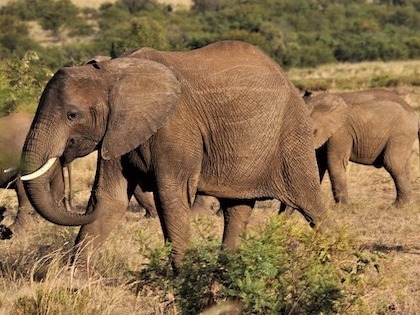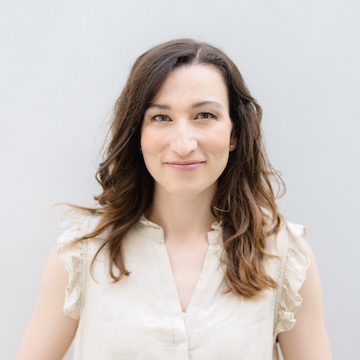STAMPEDE
Spatial and Temporal Analysis of Modern and Past Elephant DivErsity

The aim of my project was to perform the first continent-wide genomic analyses of African elephant diversity. I used a multidimensional approach by studying populations across time, space, and scientific fields. What do these glorious words from my proposal mean? That I studied both, modern-day and ancient elephant populations from all across Africa, and I collaborated with conservation geneticists, ecologists, field biologists, conservation practitioners, archeologists, and many other experts in various fields.

Thanks to collaboration with Illumina, I generated high-quality genomic data for hundreds of African elephants from across their current range, and used these for analyses of present-day genetic diversity and connectivity. The idea was to try to identify hotspots of genomic diversity, assess genetic isolation and fragmentation in ancient and recent past, identify which regions are essential for maintaining gene flow between populations, and create a resource that can contribute to fighting illegal trade.
In addition, this genomic catalogue was used to identify the provenance of ancient ivory from the Bajo de la Campana shipwreck that sank near the Iberian coast ~600-500 BCE. This ivory is assumed to have originated in North Africa, and thus, represents a rare opportunity to generate first data of an extinct population of elephants. These were likely the elephants that were used as war elephants during the Punic Wars, but there is an ongoing discussion about which species they belonged to. Using ancient DNA techniques to recover DNA from the shipwreck ivory, I tested if they represent a genetically distinct lineage or show affinity to any of the modern populations.
As I see it, collaboration is key to any scientific endeavour and I'm glad that during the course of this project I am working with my colleagues at the Population and Statistical Genetics group at the University of Copenhagen in Denmark, but I be also closely collaborate with Prof. Alfred Roca at the University of Illinois in the USA, with Prof. Juan Luis Arsuaga at the Complutense University of Madrid in Spain, and with Prof. Love Dalén at the Centre for Palaeogenetics in Stockholm, Sweden, and many more.

I also believe that science should be accessible and understandable by everyone, and therefore I have used this project as a platform to start an Instagram account and share what one lifetime of a project entails, what is it that an evolutionary biologist does on a daily basis, all the ups and downs of scientific work, as well as strong arguments for elephants being the coolest animals ever. Thus, I invite you to join me on Instagram at @elephantgenomics or share the profile with anyone who you think might find it interesting.

This project has received funding from the European Union’s Horizon 2020 research and innovation programme under the Marie Skłodowska-Curie grant agreement No 892446.
